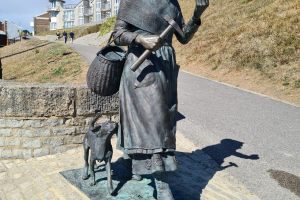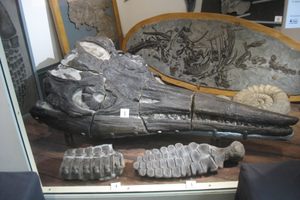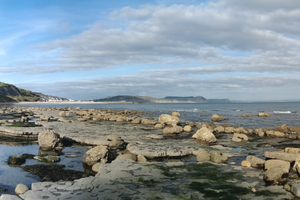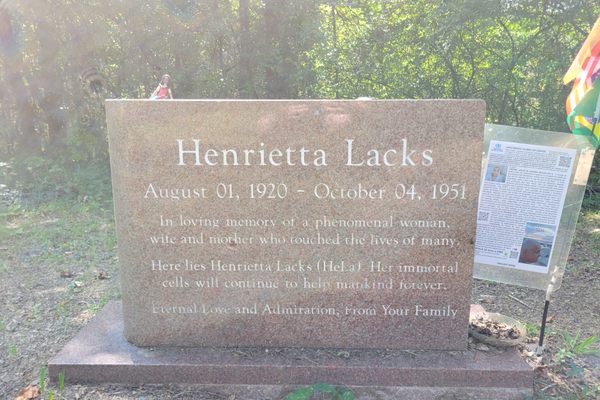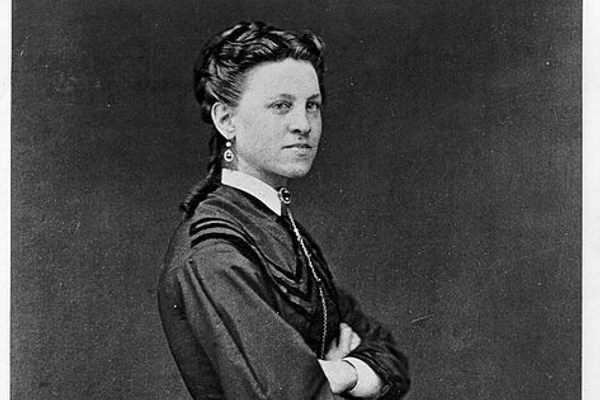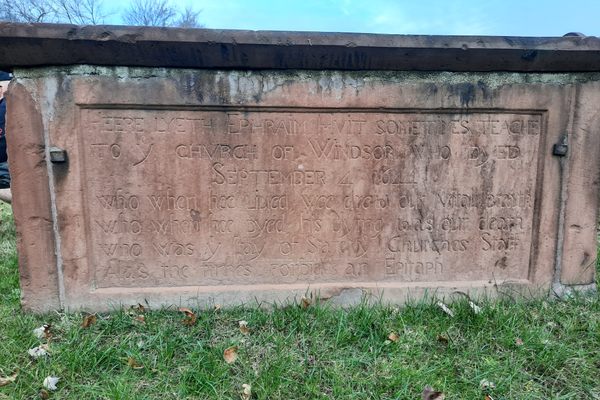About
Despite the barriers she faced as a working-class woman with little formal education, Mary Anning was one of the most influential fossil hunters of the 19th century. Born in 1799 in Lyme Regis, she made groundbreaking discoveries in paleontology, including the first complete Ichthyosaurus skeleton in 1811 and later the first complete Plesiosaurus. Her fossil finds along the cliffs of the Jurassic Coast—now a UNESCO World Heritage site—changed the way scientists understood prehistoric life. Yet, during her lifetime, her contributions were often overlooked, and it was only after her death that she gained wider recognition.
Anning passed away in 1847 at the age of 47 after a long battle with breast cancer. She was buried in the churchyard of St. Michael the Archangel, a beautiful hilltop church overlooking the town of Lyme Regis. Her grave is simple and shared with her brother. Despite her relatively modest recognition during her lifetime, the grave now attracts visitors from all over the world who come to pay tribute.
The grave itself reflects the challenges Anning faced as a woman in science at a time when social class and gender significantly limited her opportunities. Although she became known as an expert fossilist, often consulted by leading scientists of her day, she did not always receive full credit for her discoveries. However, Anning’s reputation has grown since her death, and today she is celebrated as a pioneer in paleontology.
In addition to her grave, a stained-glass window was installed inside St. Michael’s Church in her honor in 1850, paid for by a group of scientists including the prominent English geologist Henry De la Beche, who recognized the significance of her contributions. The window, depicting the six corporal acts of mercy, stands as a more formal acknowledgment of her work and the lasting impact that Anning made on the scientific community.
Related Tags
Know Before You Go
Mary Anning’s grave is located in St. Michael’s Churchyard, which sits on a hill overlooking Lyme Regis in Dorset. The churchyard offers scenic views of the town and the Jurassic Coast, adding a tranquil atmosphere to your visit.
The churchyard is open to visitors year-round, and there is no charge to visit. St. Michael’s Church is also open for visitors, though it’s best to check the church’s official website for specific visiting hours or special events.
Lyme Regis is famous for its Jurassic Coast, and you can follow in Mary Anning’s footsteps by exploring the nearby beaches for fossils. The Lyme Regis Museum, which sits on the site of her former home, has exhibits dedicated to her life and work.
Community Contributors
Added By
Published
January 3, 2025









